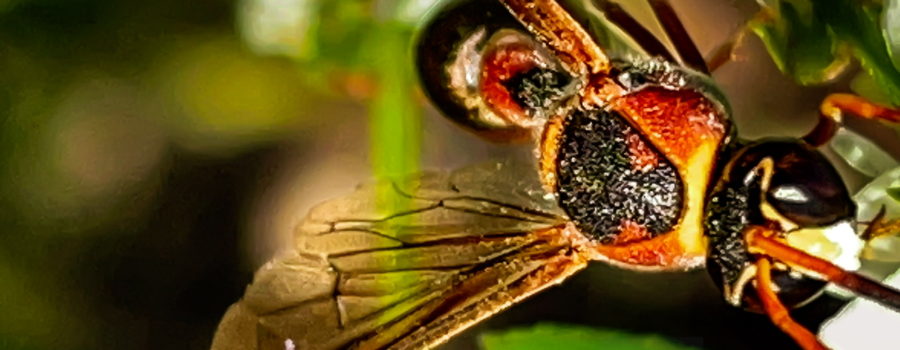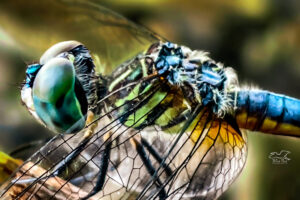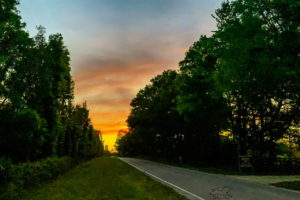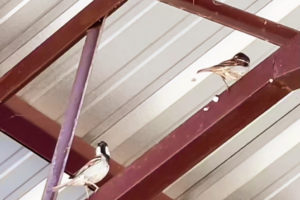The Great Golden Digger Wasp is Wonderful for Gardens

I never know what I may come across when I go out on a nature walk. Sometimes I have a specific goal in mind to photograph a specific animal or plant, but often I just head out to see what’s out there. So far, at least, I’ve never been disappointed. I always find something interesting to keep me busy, frequently for longer than I intended to be out. It’s so easy to get involved with something and just totally lose track of time. On this particular afternoon, I stopped on my way home with the goal of photographing some of the many, many wildflowers that are growing right now. While I was photographing some really pretty sprays of white sweet clover, a large, narrow waisted wasp literally flew into the picture. Since the camera was already set for closeup images of the small flowers, it was also perfect for getting shots of the wasp. That was a lucky thing for me, because the wasp didn’t stay for long. I didn’t recognize the species, so I was pretty stoked to have this little bit of good fortune.

A little research lead to the identification of this new wasp as a great golden digger wasp (Sphex ichneumoneus) or great golden sand digger wasp. They are a type of thread-waisted wasp and are closely related to organ pipe wasps and great black wasps. They can be found from southern Canada south through Mexico, Central America, and into South America as well as on a number of the Caribbean Islands. It’s a solitary wasp that is completely nonaggressive. In fact, the males don’t even have stingers. The adults feed on sap and flower nectar from a large variety of flowers. The larvae feed on grasshoppers, katydids, crickets, and locusts provided by the female wasp. The female wasp lays her eggs in nests that she builds by digging tunnels in the soil. Off of a main branch, she builds 5-6 nest chambers and supplies each one with an insect to feed the larva. An egg is laid on the body of the paralyzed insect and hatches in 2-3 days. After hatching, the larva starts to consume the insect and lives inside the nest through the winter. The adult wasps emerge from the nest in the spring and survive for 1-3 months before they die.

Great golden digger wasps like open habitats like meadows, gardens, roadsides, parks, gardens, and fields. If you are lucky enough to see great golden digger wasps in your garden, please don’t run for the insecticides. They are actually very beneficial to have around. Not only are they good pollinators, but they also actively hunt insects that are very damaging to your plants. Finally, by nesting in the soil, they help to aerate your garden and allow water to be better absorbed. They are also not at all aggressive and will only sting if handled. There really is no down side to these guys, and their even pretty, too!





Recent Comments